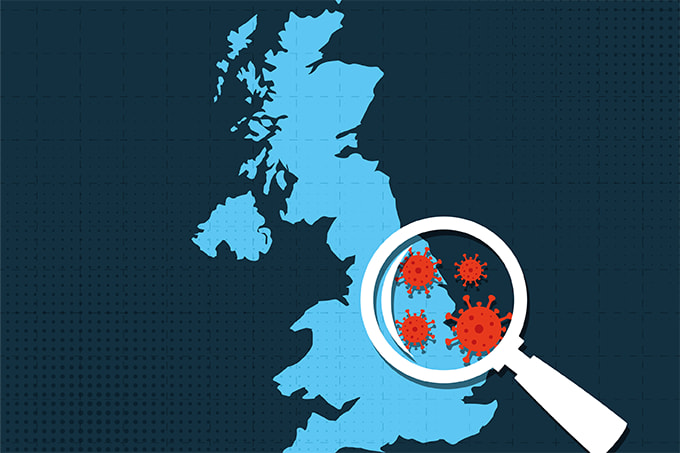As a child in the Canadian wilderness, I went survival camping every year in the Rockies – in one of the highest-density bear populations in North America. The park rangers taught us how to tell the difference between black bears and grizzlies (far more dangerous): climb a tree. If the bear climbs up after you, it’s a black bear. If it stays at the bottom and shakes you down, it’s a grizzly.

But there’s no such risk stratifier for unprecedented events like the COVID-19 pandemic that’s currently gripping most nations of the world. How could we be certain of the risk posed by a virus like SARS-CoV-2 without adequate tools for testing and tracking? How could we count the number who had been infected and survived if we didn’t have retroactive antibody tests? And – now that these tools are beginning to gain approval and reach end users – how can we be sure of what we think we know about COVID-19 if we’re not able to test everyone with symptoms of the disease?
The headlines are full of conversations about capacity. How many ventilators do we have? How many hospital beds are available? At what point must we begin to decide which patients warrant hospitalization, medication, ventilation? Less commonly discussed is the laboratory’s capacity to take on testing for up to 60 percent of the population (1) – and that’s on top of its regular workload. Laboratory staffing shortages have been reported for years and burnout levels were high long before COVID-19 was on the horizon. Now, pathologists and laboratory medicine professionals are being asked to deliver long hours in risky circumstances for a patient population that may never be aware of the lab’s role in their care – and in helping to stem the tide of a pandemic that has claimed tens of thousands of lives.
The cynics among you may ask, “How is that different to any other time?” But now, more than ever, the lab is proving its importance not just to current patients, but to all seven and a half billion people on Earth. And now, more than ever, it’s our job to listen to the lab’s results and recommendations, and to take them seriously. That’s why I’m writing this editorial from lockdown – where I’ll be staying until the laboratory medicine and public health professionals I trust tell me it’s safe to leave.
References
- J Allen, M Lipsitch, “6 things to know if you’re living with someone who has coronavirus, or think you might be” (2020). Available at: https://bit.ly/33MN2vT.




